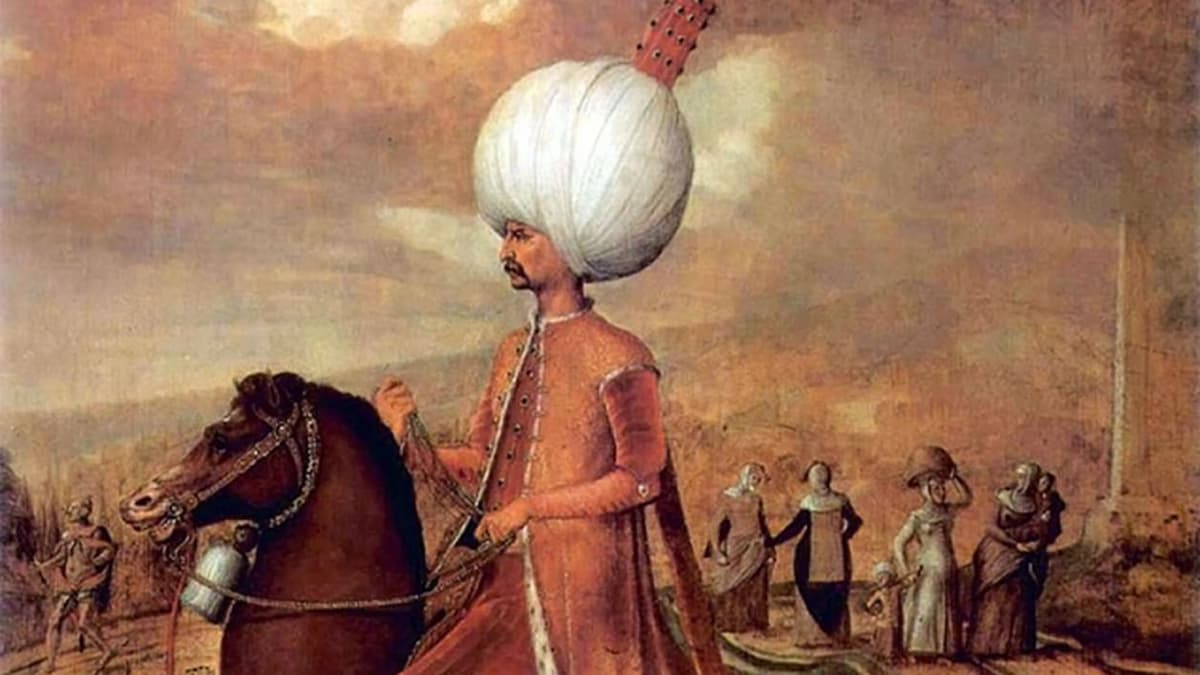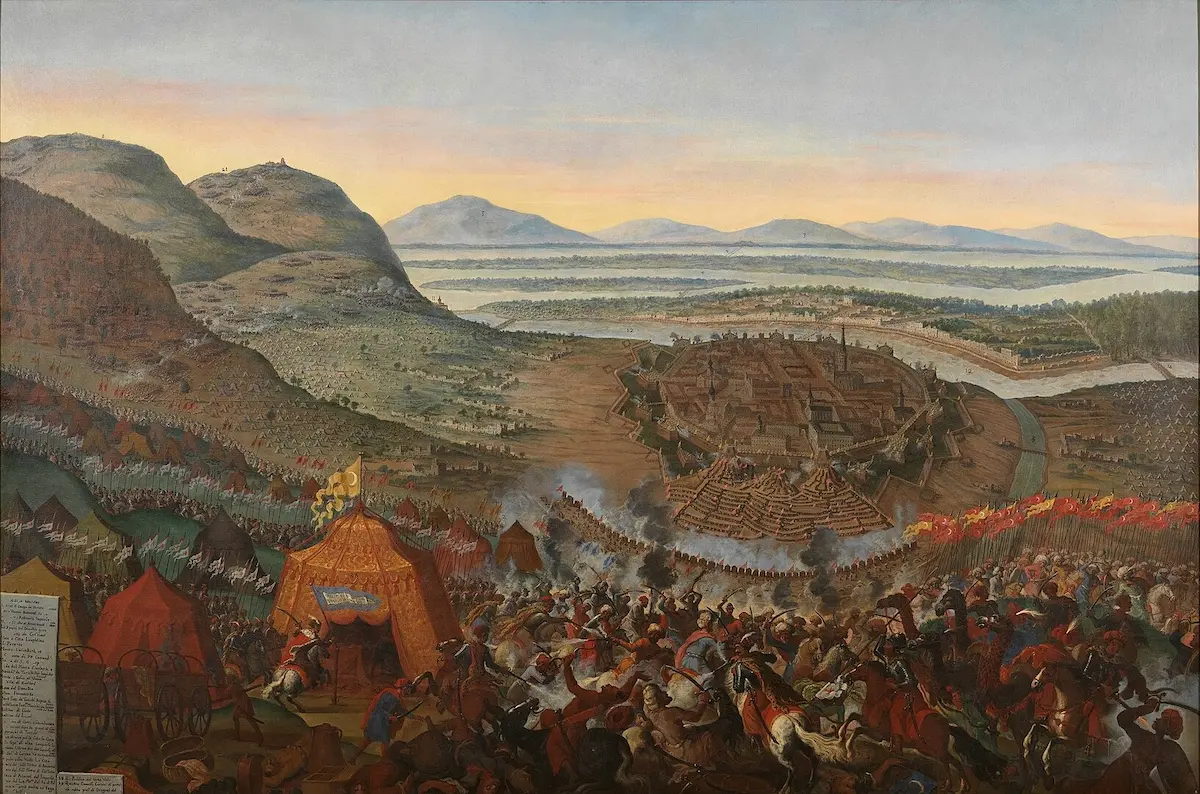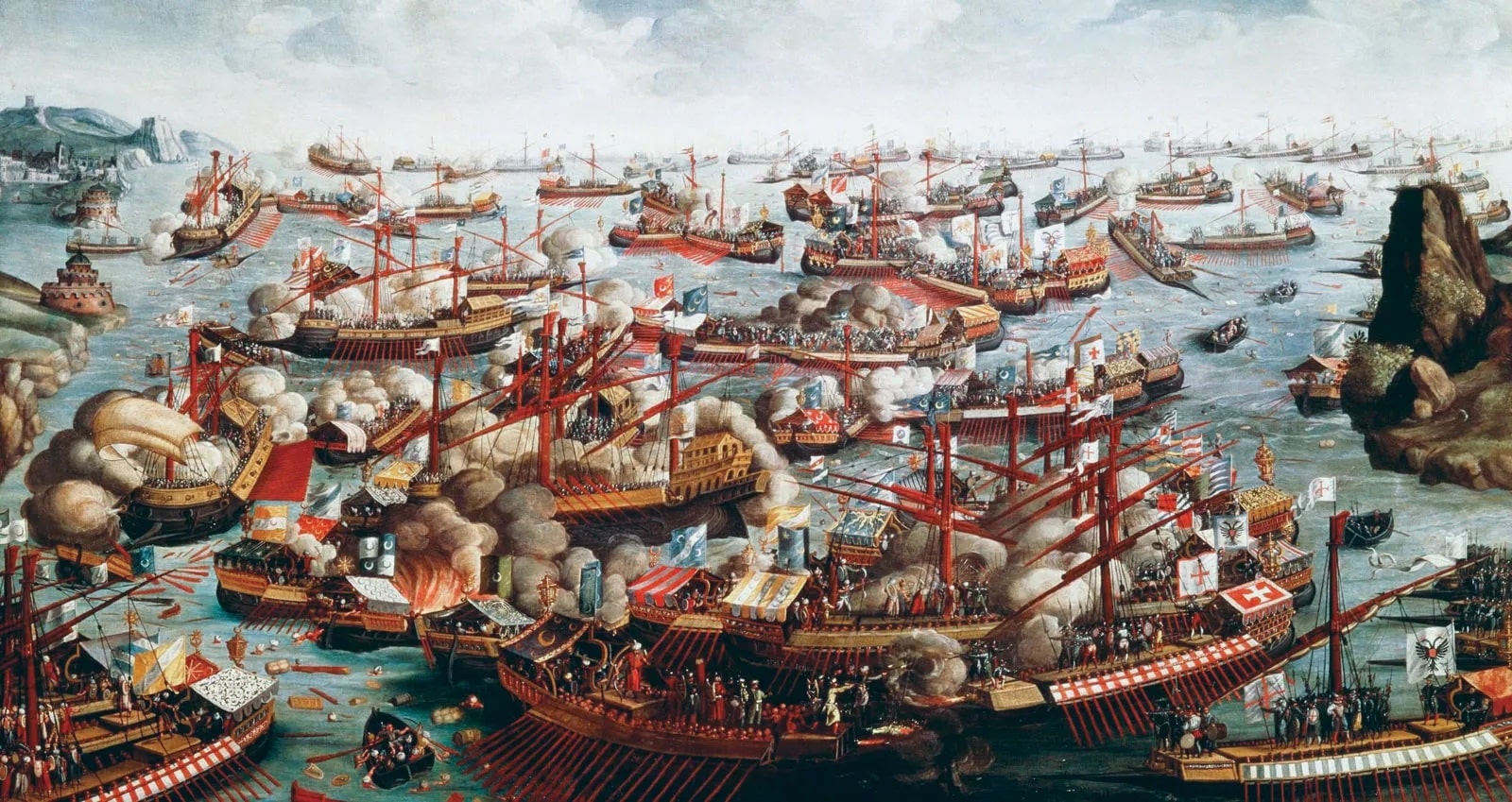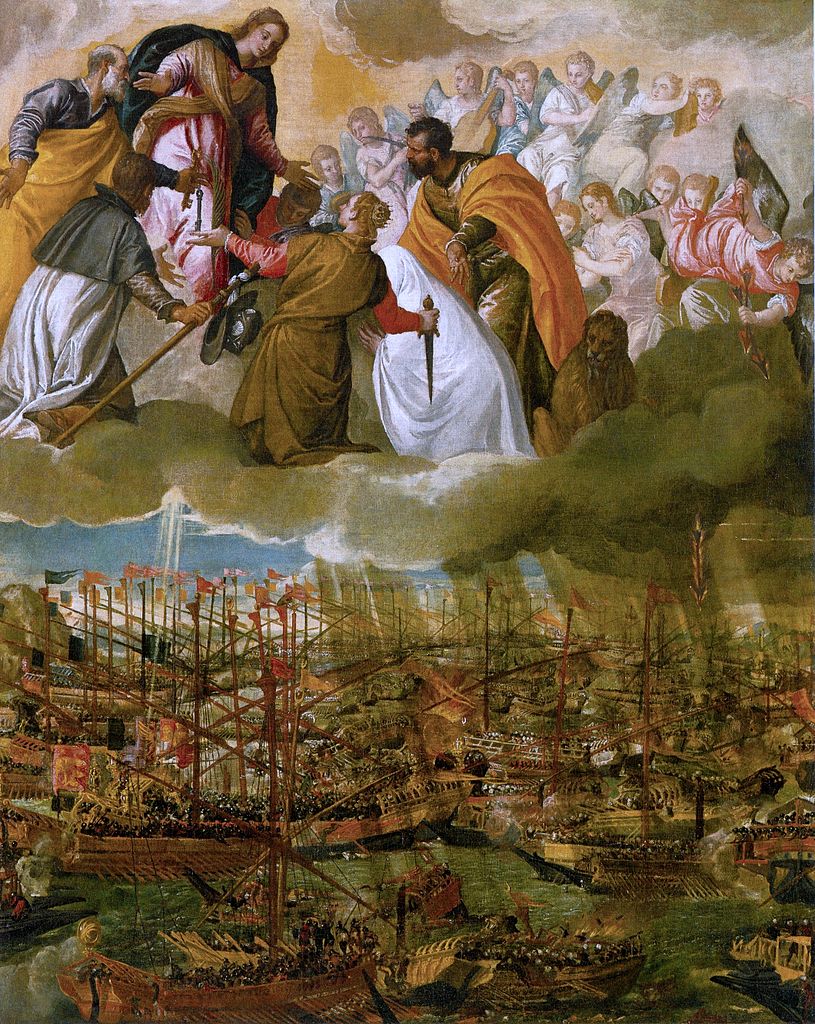Ogier Ghislain de Busbecq, ambassador of Charles V (1500-1558), the Holy Roman Emperor, was astonished. During a diplomatic visit to Constantinople (Istanbul) in 1555, he beheld a sovereign adorned in “exquisite fabrics”, seated on a golden throne. Beside him stood horses draped in fine oriental jewels, and dignitaries clad in gold-threaded brocade, velvet, and white, red, and blue satin, richly embroidered and interwoven with gold and silver.
Suleiman I (1494-1566), the tenth sultan of the Ottoman dynasty, fully deserved the title of “Magnificent”, which the West had attached to his name since his accession in 1520. His 46-year reign is considered the golden age of a reformed Ottoman Empire, reaching its maximum territorial expansion.
Yet, nothing initially destined this Topkapi Palace school graduate for such a glorious fate. During the final years of his father Selim I’s life, Suleiman governed the province of Manisa in Turkey. However, Grand Vizier Piri Pasha regarded him as a weak and unpromising figure.
Nevertheless, in 1515, the young prince demonstrated remarkable political and commercial acumen by successfully lifting the embargo on Iranian silk, which had been imposed after his father’s conflict with the Persian Shah Ismail I the previous year.
What were Suleiman’s major military campaigns?
- Conquest of Belgrade (1521)
- Battle of Mohács (1526): Defeated Hungary, leading to Ottoman dominance in Central Europe.
- Siege of Vienna (1529): Although unsuccessful, it demonstrated Ottoman power.
- Conquest of Rhodes (1522): Defeated the Knights Hospitaller.
Suleiman I, Nicknamed “The Lawgiver”
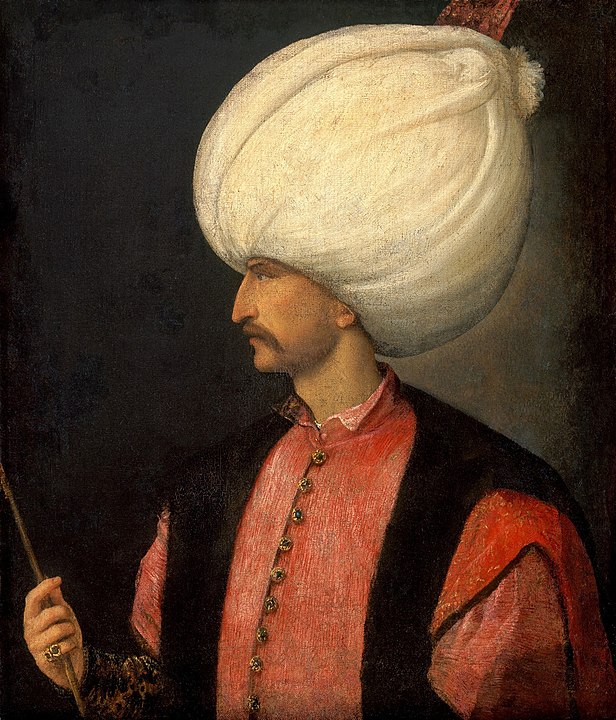
Ascending to power at the age of 25, following his father’s death, the young sultan immediately demonstrated a strong commitment to justice. His first act of clemency was the liberation of several hundred Mamluks, whom Selim I had deported during his conquest of Syria and Egypt (1516-1517). For Suleiman, mistreating these Sunnis was out of the question, as he was now their caliph, the spiritual sovereign and successor of Muhammad.
Suleiman proclaimed to the crowd that he was a pious ruler determined to strengthen Sunnism—a major branch of Islam—and to govern the empire’s Muslim population with order. Venetian envoy Bartolomeo Contarini wrote: “He claims to be a wise lord who loves learning, and everyone has high hopes for his reign.”
While Europe referred to him as “The Magnificent” due to his extravagant lifestyle, the Ottomans in Constantinople called him “Kanuni” (The Lawgiver), in recognition of his extensive legal reforms.
Between 1534 and 1545, Suleiman revised the Ottoman penal code, originally initiated by his great-grandfather Sultan Mehmed II and expanded in 1501. Under the supervision of his imperial scribe, Djelalzade, this Kanun (legal code) helped organize the state, the military, tax administration, and standardized fines for various offenses, including fornication, insults, alcoholism, theft, and looting.
Unlike his predecessors’ harsher laws, Suleiman’s fermans (decrees) favored monetary penalties over capital punishment, although certain brutal punishments remained—brothel keepers were branded with hot irons, and thieves risked losing a hand.
His desire to regulate the empire extended to every aspect of life, even seemingly trivial matters. Historian André Clot notes in his book Suleiman the Magnificent (Fayard, 1983): “Bakers, for instance, were required to use a specified amount of butter in their cakes.”
Suleiman also achieved an unprecedented legal feat: harmonizing his Kanun with Sharia, the Islamic law governing all aspects of Muslim life.
Suleiman’s Era

Supported by his Grand Mufti, Ebussuud Efendi, a renowned Islamic theologian, Suleiman issued legal texts that aligned with Quranic law. Precious metals like gold and silver, once considered contrary to the spirit of Islam, were now declared legal.
Similarly, the first public coffeehouses, introduced by Syrian merchants in 1554, were officially permitted in Constantinople—a practice that flourished, with 600 establishments operating by the reign of his son, Selim II.
The sultan also ensured mutual respect between Muslims and dhimmis (non-Muslims) while protecting his subjects from abuses by officials and the military. His viziers regularly reported on governance, helping him curb corruption. Suleiman embraced a pacifist role, advocating for a tolerant Islam that safeguarded the Christian and Jewish minorities within his empire. The city of Salonica alone housed around 17,000 Jews at the time.
Architectural and Cultural Flourishing
Suleiman’s faith was visibly expressed through monumental mosque construction—even in the most remote provinces. In 1539, he appointed Sinan (1489-1588), a Christian of Armenian origin, as Chief Imperial Architect—an honorary yet demanding position.
Sinan quickly developed a distinctive architectural style, characterized by domed structures, tiered towers with rounded forms, and large windows.
In 1550, Suleiman commissioned Sinan to build a grand religious complex, ensuring it would be visible and admired from all vantage points in Constantinople. The result was the Süleymaniye Mosque, completed seven years later—a masterpiece of Ottoman architecture.
Artistic Patronage and Literary Influence
Suleiman’s passion for refinement extended to various artistic fields. A lover of illuminated manuscripts, he surrounded himself with goldsmiths and ceramicists, granting them residency in Topkapi Palace to enjoy his patronage—and to partake in the lavish banquets held for foreign emissaries. He even appointed a Persian master as the official court painter.
A true patron of the arts, Suleiman supported poets and writers, commissioning the Books of Selim to honor his father. Under a pseudonym, he wrote poetry himself and devoted entire days to reading works on history, geography, and astronomy.
His influence also extended to language and diplomacy. Determined to elevate Turkish as the empire’s official language, he decreed in 1533 that all diplomatic correspondence with foreign rulers should be written in Turkish rather than Latin. His letters, often assertive or confrontational, bore his personal monogram (tughra), featuring the letter S for Suleiman, accompanied by the phrase: “Always victorious.”
The Ottoman Empire at the Gates of Europe
The Grand Turk—a pejorative name given by European courts—both terrified the West and captivated his own people. Upon ascending the throne, Suleiman inherited an empire stretching from the southern Danube to Syria, including Egypt, while Christian Europe was under the rule of Charles V. The Habsburg heir sought to unite all European states under the Holy Roman Empire to launch a crusade against Suleiman. Conflict was inevitable.
In 1521, just one year after taking power, Suleiman launched his first military campaign. Leading his formidable army, he marched on Belgrade and captured the city in three weeks.
The Turks were now at the gates of Europe.
Meanwhile, Charles V, engaged on multiple fronts against Francis I of France and Henry VIII of England, lacked the military strength to counter this eastern threat. Seizing the opportunity, Suleiman pressed forward.
In 1526, commanding an army of 100,000 men, he marched on Buda (Hungary). The Hungarian forces, led by King Louis II, were utterly crushed. “Suleiman’s victory was absolute. Two thousand heads, including those of seven Hungarian bishops, were stacked in a pyramid before the Sultan’s tent,” wrote historian André Clot. Nothing seemed capable of stopping the “Sovereign of Sovereigns.”
The Siege of Vienna and Ottoman Setbacks
Suleiman’s next target was Vienna, where he was determined to once again challenge the Holy Roman Emperor, whom he mockingly referred to as the “King of Spain.” However, his first two major campaigns had severely drained the imperial treasury. To finance his war efforts, he imposed a head tax on his subjects and expanded the Janissary corps from 12,000 to 20,000 soldiers.
Meanwhile, Charles V entrusted the defense of Eastern Europe to his brother, Archduke Ferdinand I. The Ottoman campaigns against Vienna in 1529 and 1532 ended in failure—not due to military defeat, but because of the harsh winter conditions. Facing flooded rivers and impassable terrain, 120,000 soldiers, 28,000 camels, and 300 artillery pieces were forced to retreat.
“It was impossible to sustain year-long campaigns in the harsh climates of Eastern and Central Europe. For centuries, Europe would be saved from the Turks by its climate and the vast distance separating it from Constantinople,” explained André Clot.
The Danube Front Becomes a Stalemate—The Conflict Shifts to the Mediterranean
With no decisive breakthrough on the Danube front, the struggle shifts to the Mediterranean, a key battleground for control of trade routes between Europe, Africa, and Asia. In this naval power struggle, Suleiman—known to the West as the “Grand Dominator”—finds an unexpected ally: Francis I of France.
This shocking alliance, described as a “sacrilegious union between the Fleur-de-Lis and the Crescent”, scandalizes Christian Europe. However, the “Most Christian King” of France and the Ottoman Caliph share a common enemy: the Habsburg Empire. Historian Yves Ternon explains in his book Empire ottoman that this agreement was a strategic inevitability:
“Each side saw mutual benefit: the King of France sought an ally to break his country’s isolation, while the Sultan aimed to use this support to conquer Europe.”
In April 1543, the Turkish fleet set sail for Italy, raiding the coasts of Calabria, Corsica, and Naples before being welcomed with great ceremony in Marseille. The fleet then wintered in Toulon, a remarkable moment in European-Ottoman diplomacy.
By the late 1540s, the Ottomans had finally secured dominance over the Mediterranean, marking a turning point in their maritime supremacy.
